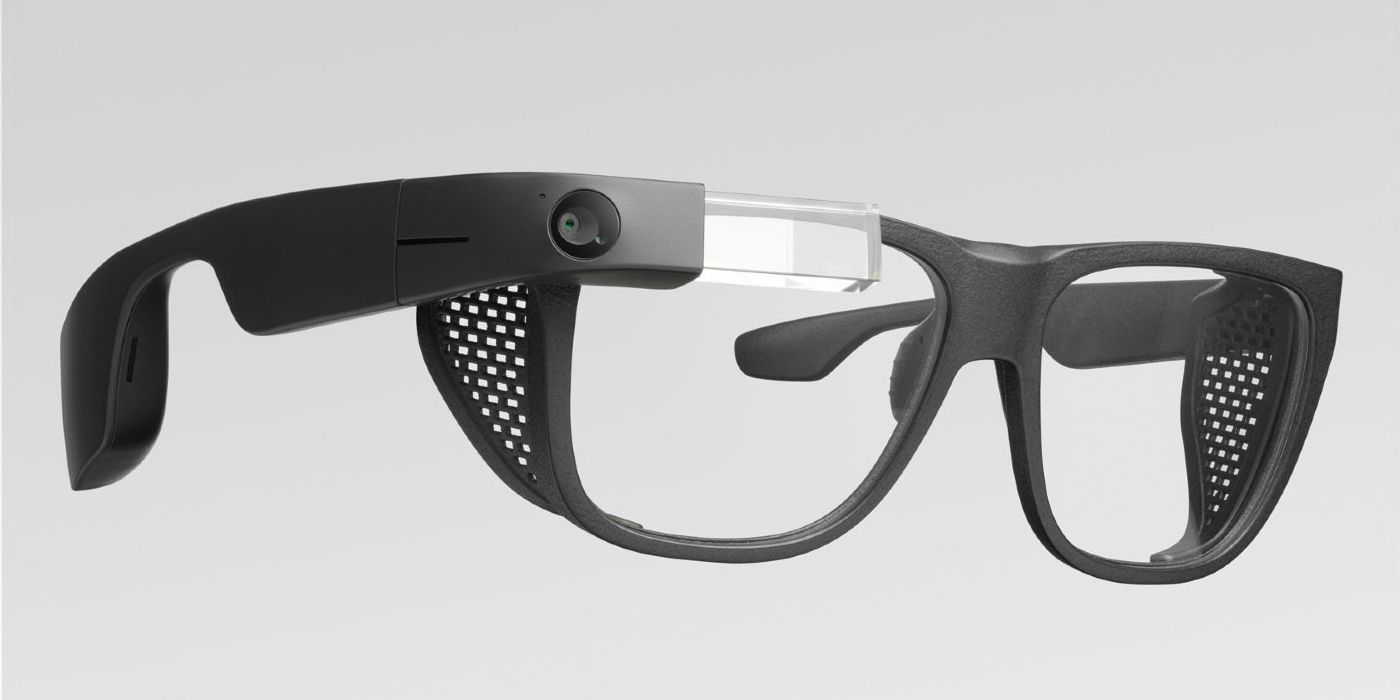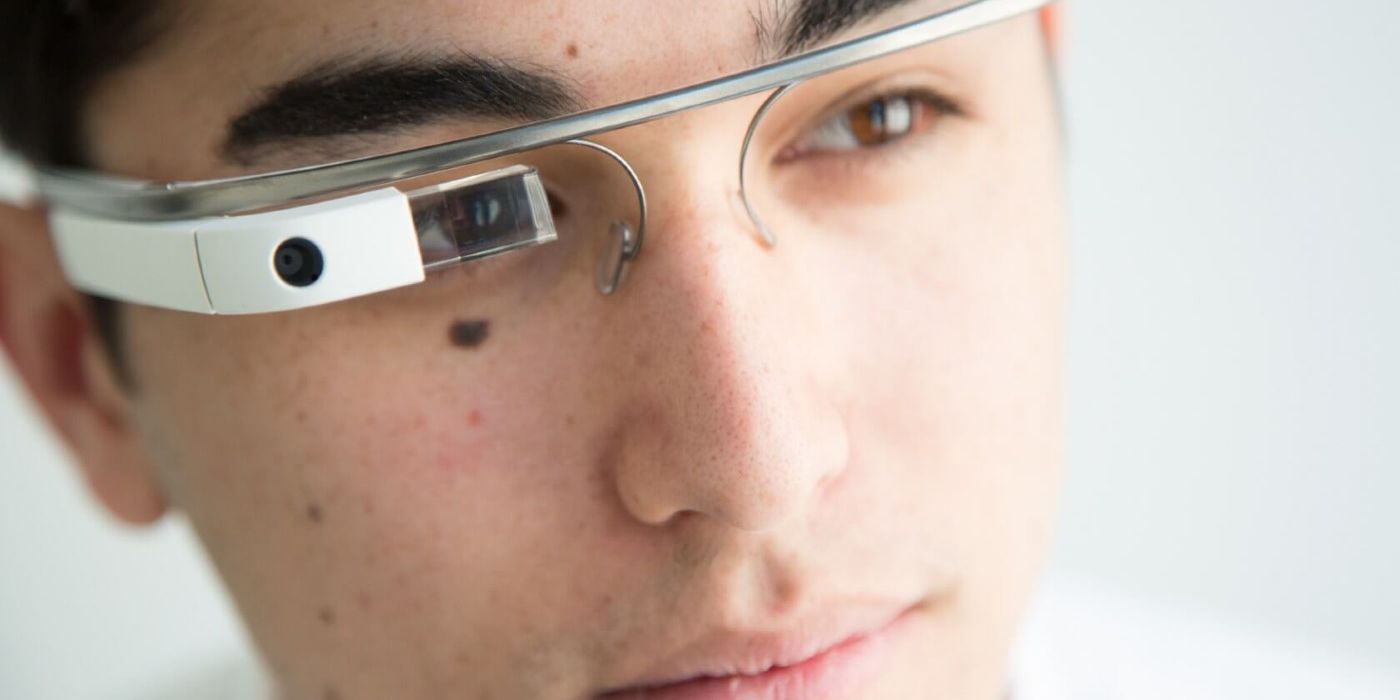Google is rolling out a final update to its Google Glass Explorer Edition officially marking the end of the consumer version of Glass. Google Glass was originally released in 2012 as a consumer product although soon afterwards it was rebranded as an enterprise solution. Since then, it had been slowly fading into obscurity.
Originally, Google Glass was touted as the future. At the time, wearables were really starting to come into focus and Glass was the ultimate wearable in this sense. Housed within a set of glasses, Glass adding a screen to users' eyesight and allowed users to see the world around them in a completely new light. It was straight out of a Sci-Fi movie and sold as a way to augment the real-world with the digital world. Arguably, it was very Black Mirror and like most Black Mirror episodes, things have not ended well for Glass.
Google has announced it is rolling out a new update to Google Glass. This update is actually the final update Glass will receive from Google and that’s important for a number of reasons. Firstly, the update deactivates the option to link Glass with a Google account. In February 2020, Google will completely remove the option to log in to Glass with a Google account and support for the MyGlass companion smartphone app. Users will still be able to connect Glass to a smartphone over Bluetooth but without the added Google support. However, this update will need to have been applied by February to avoid issues with using the device or disconnecting linked accounts.
While Glass appeared to be a Sci-Fi example of what the future holds, Google ran into multiple problems trying to cement Glass as a viable tech product - none more so than the price. When Glass first launched it was priced at $1,500. Even by today’s smartphone standards that’s a lofty price and this was just a wearable. The price immediately raised issues for Google and especially considering this was such an early and experimental device. There was also the issue of privacy. Glass had the ability to take photos and record its surroundings. Although it came with an indicator to let others know it was recording, it still immediately raised concerns over the privacy of others. Recording in public is not something everyone likes the idea of and especially when the recording takes place using a device that’s as small as Glass. This issue proved particularly troublesome for Google with some public places banning the use of Glass completely.
When taking all of these points together, the real reason Google Glass failed was how divisive the product was. It divided opinions on price, on privacy and even on design. However, it has still taken Google a long time to admit the end of Glass. One of the reasons is likely to have been how much Google wanted this product to succeed. When Google announced Glass it did with much fanfare. This was an important product to Google. In light of the many issues surrounding Glass in public, Google has looked to reposition it as an enterprise device. This change in approach has taken time considering the “Enterprise Edition” only officially launched in 2017. Now that the transition from Explorer to Enterprise has taken full effect, it seems the time to lay the consumer version out to pasture has arrived. Google Glass is and will continue to be supported as an enterprise product. It’s just the Explorer version that Google is now and officially bringing to an end.
Source: Google


